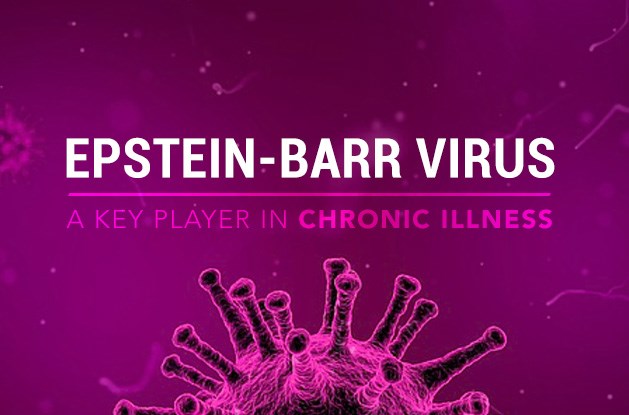
by admin | Jun 19, 2019 | Healing
It is estimated that 90% percent of adults show a current or past EBV infection. #readthatagain. We have successfully helped many patients who suffer from this mostly undiagnosed/misdiagnosed illness. What is Epstein-Barr? Epstein-Barr virus (EBV) is one of the most...

by admin | Jun 19, 2019 | Healing
Summertime is traditionally vacation time; however, you should never take a vacation from clean air. If you’re like me, you have an air purifier in your car that you can transfer to a hotel room. Yet, packing air filters on a plane can be cumbersome. Here are a...




